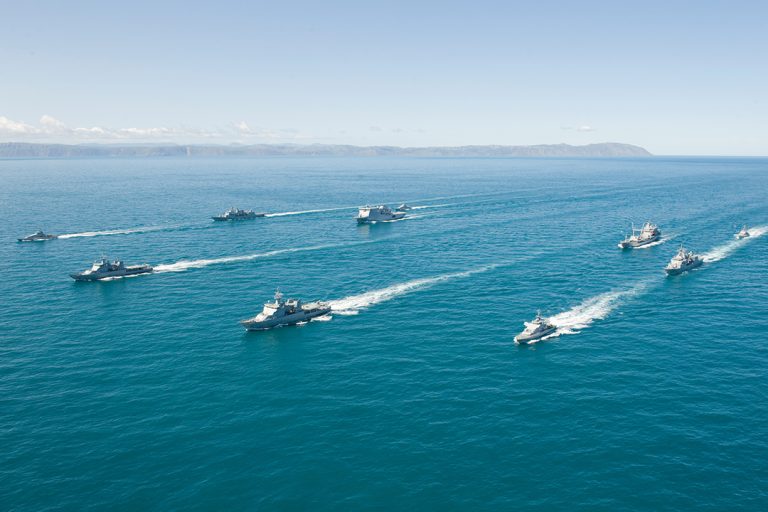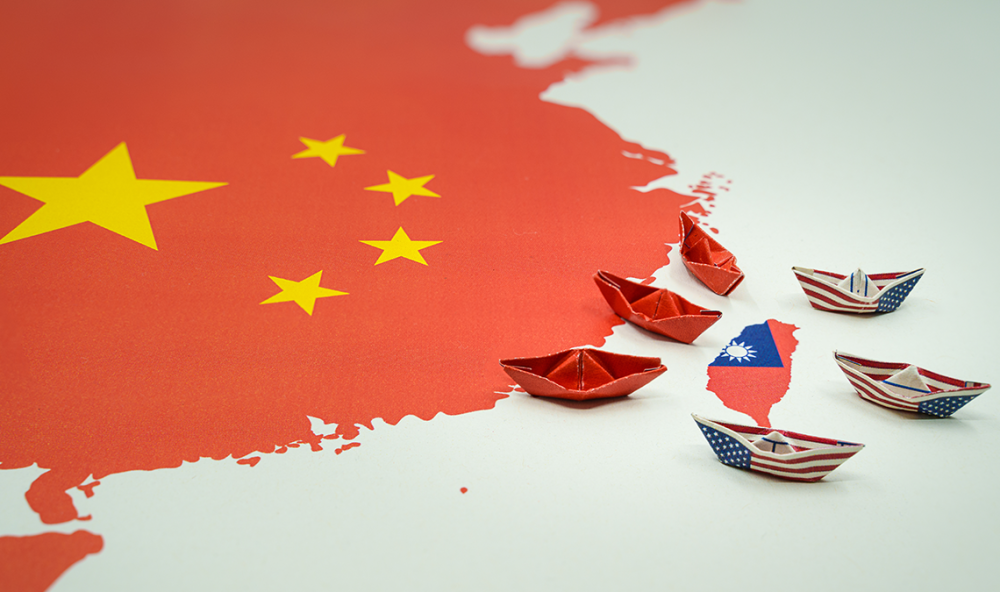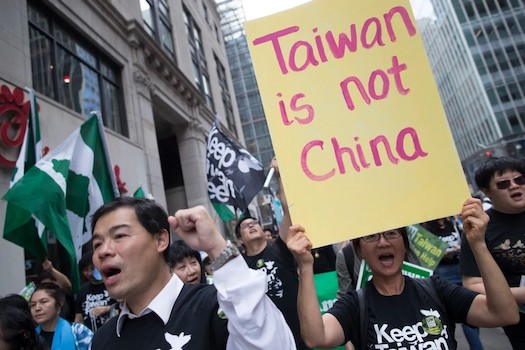
Last week, Taiwanese President Lai Ching-te reiterated that Taiwan is
already a sovereign nation and does not need to declare independence
Taipei — Taiwan’s defense ministry reported Tuesday that China has deployed more than 70 military aircraft and 21 naval vessels around the island in a sudden large-scale military exercise that has raised alarms throughout the region.

The drills, which Beijing describes as punishment for “separatist forces,” represent one of the largest shows of Chinese military power around Taiwan in recent months and appear designed to simulate a blockade of the self-governing island.
“This is a deliberately provocative action that threatens regional peace and stability,” said Taiwan’s Foreign Minister Joseph Wu at an emergency press conference. “These exercises go beyond normal military drills and constitute a clear attempt to intimidate Taiwan and alter the status quo in the Taiwan Strait.”
According to Taiwan’s defense ministry, the Chinese aircraft, including advanced J-16 fighters, H-6 bombers, and early warning aircraft, crossed the median line of the Taiwan Strait—the unofficial boundary that had long been respected by both sides until recent years.

The ministry activated its missile defense systems, scrambled fighter jets, and deployed naval vessels to monitor the Chinese activities. “Our armed forces have heightened their readiness levels and remain committed to defending our nation’s sovereignty,” the ministry stated.
Beijing has not specified when the exercises will conclude, raising concerns about prolonged military pressure. Chinese state media quoted military analysts who described the drills as “necessary measures to safeguard national sovereignty.”
A spokesperson for China’s Eastern Theater Command said the exercises were “a stern warning to the separatist forces seeking ‘Taiwan independence’” and claimed they were “completely legitimate and necessary.”
International reaction has been swift. The United States, Taiwan’s most important international backer, expressed “serious concern” over the drills.
“These provocative actions risk miscalculation and undermine regional peace and stability,” said U.S. State Department spokesperson Megan Thompson. “The United States remains committed to our one-China policy, guided by the Taiwan Relations Act, the three Joint Communiques, and the Six Assurances.”

Japan, which has islands close to Taiwan, also condemned the exercises.
“These activities have a serious impact on the peace and stability of our region,” said Defense Minister Takeshi Kimura. Japanese forces have reportedly been placed on higher alert.
The military maneuvers come amid heightened tensions following recent statements by Taiwanese President Lai Ching-te, whom Beijing considers a “separatist.” Last week, Lai reiterated that Taiwan is already a sovereign nation and does not need to declare independence.

China, which claims Taiwan as its own territory despite never having controlled it, has intensified pressure on the democratic island in recent years through military intimidation, diplomatic isolation, and economic coercion.
Analysts suggest the timing of these exercises may also be related to upcoming legislative discussions in Taiwan about defense budget increases and arms purchases from the United States.
“Beijing is clearly trying to influence Taiwan’s domestic politics by creating a crisis atmosphere,” said Dr. Amanda Chen, a security expert at National Taiwan University. “These displays of force are designed to weaken public resolve and sow doubt about Taiwan’s ability to defend itself.”
The economic impact has been immediately felt in Taiwan.

The stock market dropped 2.3% on news of the military drills. Major shipping companies have reported adjusting their routes to avoid the exercise areas, potentially disrupting supply chains that are vital to the global economy, particularly for semiconductors.
This latest round of military posturing follows a pattern of increasing Chinese assertiveness in the region, including regular incursions into Taiwan’s air defense identification zone and large-scale exercises in 2022 following then-U.S. House Speaker Nancy Pelosi’s visit to Taipei.
As night fell over the Taiwan Strait, radar operators continued tracking Chinese aircraft while naval vessels maintained their positions around the island.
With no announced endpoint to the exercises, regional militaries remain on high alert, worried that a miscalculation could transform these drills into something far more dangerous.
China’s Massive Military Drill Around Taiwan Raises Tensions (April 1, 2025)